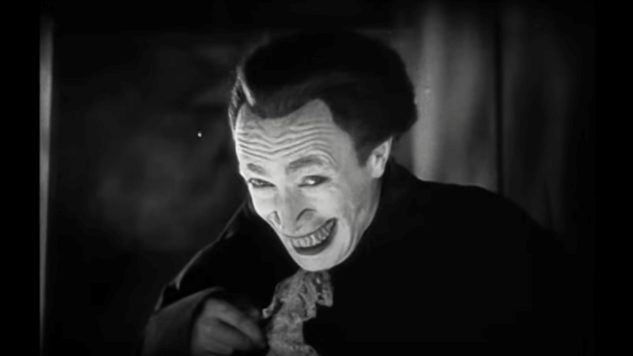The Best Horror Movie of 1928: The Man Who Laughs

This post is part of Paste’s Century of Terror project, a countdown of the 100 best horror films of the last 100 years, culminating on Halloween. You can see the full list in the master document, which will collect each year’s individual film entry as it is posted.
The Year
It would seem that adaptations of Edgar Allan Poe were having a moment in 1928, as the year yielded not one but two different versions of The Fall of the House of Usher, not to mention a notable Expressionist take on The Telltale Heart. Of those two Usher films, MGM’s U.S. version is a short of only 13 minutes in length, although its Expressionist stylings also make for interesting viewing. More well known is the feature-length Usher from French Impressionist and filmmaking pioneer Jean Epstein, although its languid pacing might make it seem interminable to modern audiences—certainly in comparison to the more florid Usher adaptations that would come along in later years, such as Roger Corman’s famous version starring Vincent Price in 1960.
Regardless, 1928 proves to be the last year with a flourishing of horror titles until the advent of film’s sound era.
1928 Honorable Mentions: The Fall of the House of Usher, A Daughter of Destiny, The Terror, The Telltale Heart
The Film: The Man Who Laughs
Director: Paul Leni
-

-

-

-

-

-

-

-

-

-

-

-

-

-

-

-

-

-

-

-

-

-

-

-

-

-

-

-

-

-

-

-

-

-

-

-

-

-

-

-








































